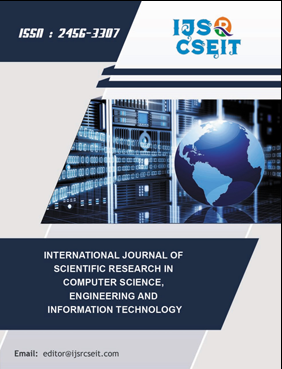Indoor Navigation Using Augmented Reality
DOI:
https://doi.org/10.32628/CSEIT2174134Keywords:
Navigation, QR Code, A* Search Algorithm, NavMesh, Augmented Reality, SLAM.Abstract
This system advice directions to the destination in the user’s camera screen. QR codes shall be installed at all possible destinations in the building assuming any destination can be the starting point of the user. Users must scan a QR code to select a destination. Google AR Core takes live feed from the user's camera and does simultaneous localization and mapping to update the user’s location. Shortest path to the chosen destination is found using A * algorithm and the directions to the destination are shown in the user's camera screen using Augmented Reality. The application is developed in Unity from scratch using some essential plugins like Google ARCore. We aim at developing the front end in the simplest way possible so that the users can easily reach their destination by just opening the camera where the directions are shown as animations in their surroundings.
References
- Satan, A. (2018, May). Bluetooth-based indoor navigation mobile system. In 2018 19th international carpathian control conference (ICCC) (pp. 332-337). IEEE.
- Yadav, R., Chugh, H., Jain, V., & Baneriee, P. (2018, October). Indoor Navigation System Using Visual Positioning System with Augmented Reality. In 2018 International Conference on Automation and Computational Engineering (ICACE) (pp. 52-56). IEEE.
- Mamaeva, D., Afanasev, M., Bakshaev, V., & Kliachin, M. (2019, November). A multi-functional method of QR code used during the process of indoor navigation. In 2019 International Conference on Engineering and Telecommunication (EnT) (pp. 1-4). IEEE.
- Hashimoto, R., & Cohen, M. (2021). Outdoor Navigation System by AR. In SHS Web of Conferences (Vol. 102, p. 04002). EDP Sciences.
- Li, Z. (2021). Learning Geometry, Appearance and Motion in the Wild (Doctoral dissertation, Cornell University).
Downloads
Published
Issue
Section
License
Copyright (c) IJSRCSEIT

This work is licensed under a Creative Commons Attribution 4.0 International License.

